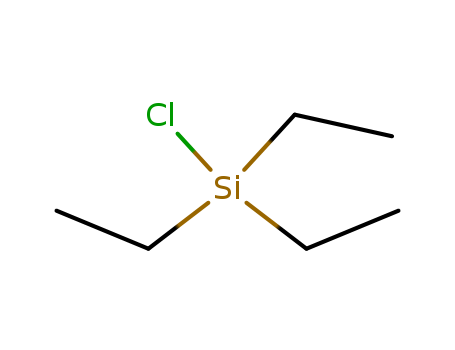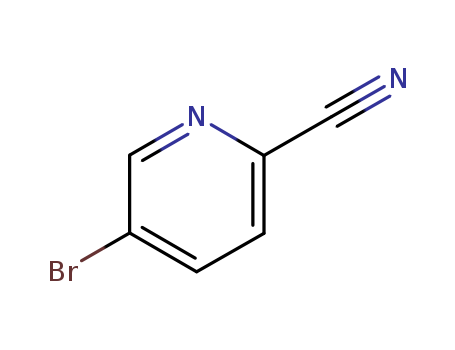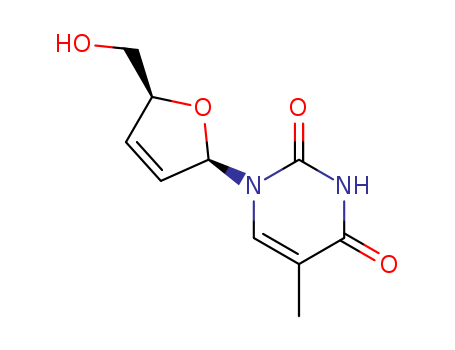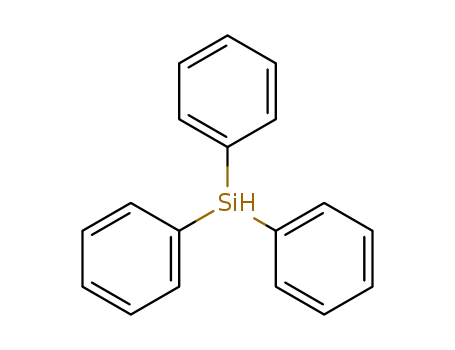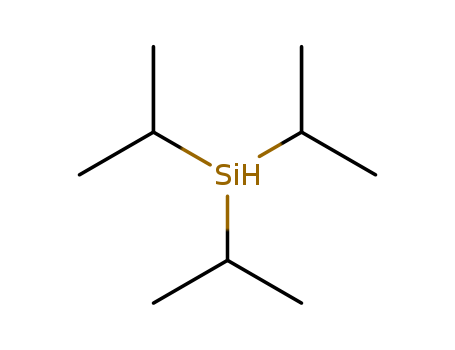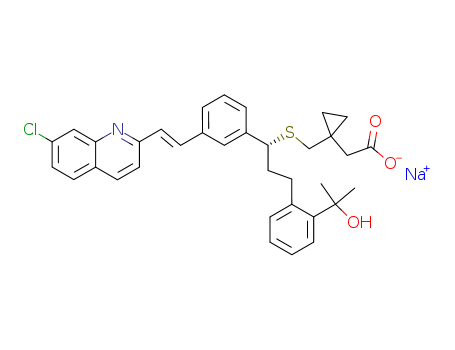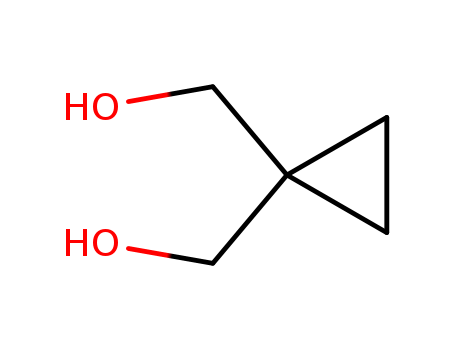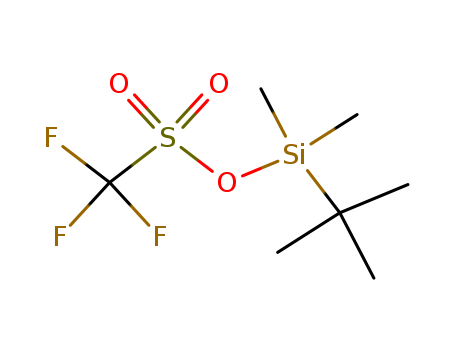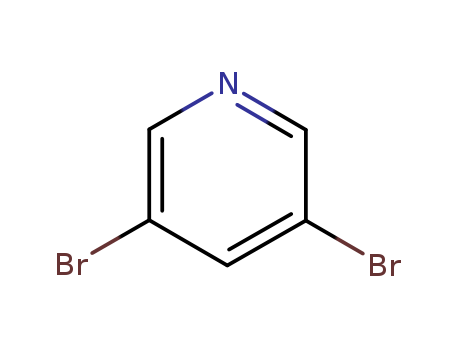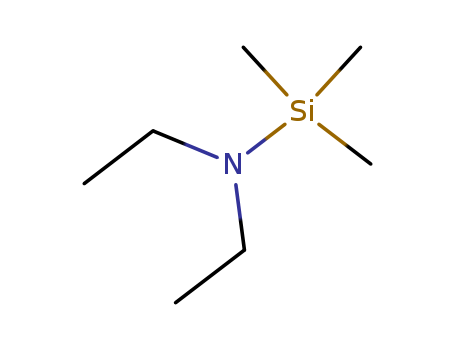Henan Tianfu Chemical Co., Ltd.
- Country:
 China (Mainland)
China (Mainland) - Year Established: 2006
- Business License:

- Business type: Lab/Research institutions
-


- Contact Details | Similar Products

You May Like:
-
Natural Pigment Butterfly Pe CAS No.:
USD $1.00-100.00 / Kilogram
-
-
532-82-1 Basic Orange 2 CAS No.: 532-82-1
USD $15.00-50.00 / Kilogram
-
-
617-48-1 DL-Malic acid CAS No.: 617-48-1
USD $40.00-60.00 / Kilogram
-
-
Chemical Color protection ag CAS No.: 502-65-8
USD $8.20-8.80 / Kilogram
-
Natural Food Coloring Additi CAS No.: 55804-74-5
USD $1.00-5.00 / Kilogram
-
568-63-8 Acid Red 51 CAS No.: 568-63-8
USD $15.00-50.00 / Kilogram
Fumaric acid 110-17-8 CAS NO.110-17-8
- Min.Order Quantity:
- 1 Kilogram
- Purity:
- ≥98.984%
- Port:
- Any port of China
- Payment Terms:
- L/C,T/T,
Keywords
- 110-17-8
- Fumaric acid
- Fumaric acid
Quick Details
- ProName: Fumaric acid 110-17-8
- CasNo: 110-17-8
- Molecular Formula: C4H4O4
- Appearance: conform
- Application: Chemical
- DeliveryTime: with 10 days after order confirmed
- PackAge: According to the customer's requiremen...
- Port: Any port of China
- ProductionCapacity: 1 Metric Ton/Day
- Purity: ≥98.984%
- Storage: conform
- Transportation: by air
- LimitNum: 1 Kilogram
Superiority
our company was built in 2009 with an iso certificate.in the past 5 years, we have grown up as a famous fine chemicals supplier in china and we had established stable business relationships with samsung,lg,merck,thermo fisher scientific and so on.our main business covers the fields below:
1.noble metal catalysts (pt.pd...)
2.organic phosphine ligands (tert-butyl-phosphine.cyclohexyl-phosphine...)
3.oled intermediates (fluorene,carbazole,boric acid...)
4.customs synthesis
our advantage:
1. higest quality and good package
2.fast delivery
3.better payment term
4.fast response to customer within 6 hours
5.good business credit in europe ,us ,japan ,korea
anyway ,if you need any chemicals from china ,henan tianfu can help you
Details
| fumaric acid basic information |
| fumaric acid chemical properties |
| mp | 298-300 °c (subl.)(lit.) |
| density | 1.62 |
| vapor pressure | 1.7 mm hg ( 165 °c) |
| fema | 2488 |
| fp | 230 °c |
| water solubility | 0.63 g/100 ml (25 ºc) |
| merck | 14,4287 |
| brn | 605763 |
| stability: | stable at room temperature. decomposes at around 230 c. incompatible with strong oxidizing agents, bases, reducing agents. combustible. |
| cas database reference | 110-17-8(cas database reference) |
| nist chemistry reference | fumaric acid(110-17-8) |
| safety information |
| hazard codes | xi |
| risk statements | 36 |
| safety statements | 26 |
| ridadr | un 9126 |
| wgk germany | 1 |
| rtecs | ls9625000 |
| hazardous substances data | 110-17-8(hazardous substances data) |
| msds information |
| provider | language |
|---|---|
| sigmaaldrich | english |
| acros | english |
| alfa | english |
| fumaric acid usage and synthesis |
| chemical properties | white powder or colourless crystals |
| usage | occurs in many plants. essential to vegetable and tissue respiration. used as an antioxidant. |
| general description | a colorless crystalline solid. the primary hazard is the threat to the environment. immediate steps should be taken to limit spread to the environment. combustible, though may be difficult to ignite. used to make paints and plastics, in food processing and preservation, and for other uses. |
| air & water reactions | slightly soluble in water. |
| reactivity profile | fumaric acid is a carboxylic acid. carboxylic acids donate hydrogen ions if a base is present to accept them. they react in this way with all bases, both organic (for example, the amines) and inorganic. their reactions with bases, called "neutralizations", are accompanied by the evolution of substantial amounts of heat. neutralization between an acid and a base produces water plus a salt. carboxylic acids with six or fewer carbon atoms are freely or moderately soluble in water; those with more than six carbons are slightly soluble in water. soluble carboxylic acid dissociate to an extent in water to yield hydrogen ions. the ph of solutions of carboxylic acids is therefore less than 7.0. many insoluble carboxylic acids react rapidly with aqueous solutions containing a chemical base and dissolve as the neutralization generates a soluble salt. carboxylic acids in aqueous solution and liquid or molten carboxylic acids can react with active metals to form gaseous hydrogen and a metal salt. such reactions occur in principle for solid carboxylic acids as well, but are slow if the solid acid remains dry. even "insoluble" carboxylic acids may absorb enough water from the air and dissolve sufficiently in fumaric acid to corrode or dissolve iron, steel, and aluminum parts and containers. carboxylic acids, like other acids, react with cyanide salts to generate gaseous hydrogen cyanide. the reaction is slower for dry, solid carboxylic acids. insoluble carboxylic acids react with solutions of cyanides to cause the release of gaseous hydrogen cyanide. flammable and/or toxic gases and heat are generated by the reaction of carboxylic acids with diazo compounds, dithiocarbamates, isocyanates, mercaptans, nitrides, and sulfides. carboxylic acids, especially in aqueous solution, also react with sulfites, nitrites, thiosulfates (to give h2s and so3), dithionites (so2), to generate flammable and/or toxic gases and heat. their reaction with carbonates and bicarbonates generates a harmless gas (carbon dioxide) but still heat. like other organic compounds, carboxylic acids can be oxidized by strong oxidizing agents and reduced by strong reducing agents. these reactions generate heat. a wide variety of products is possible. like other acids, carboxylic acids may initiate polymerization reactions; like other acids, they often catalyze (increase the rate of) chemical reactions. partial carbonization and formation of maleic anhydride occur at 446° f (open vessel). |
| health hazard | inhalation of dust may cause respiratory irritation. compound is non-toxic when ingested. prolonged contact with eyes or skin may cause irritation. |
| fumaric acid preparation products and raw materials |
| preparation products | l-alanine-->l-aspartic acid -->succinic acid-->d-tartaric acid-->dimethyl fumarate-->1-boc-4-(4-methoxycarbonylphenyl)piperazine-->4-[4-(tert-butoxycarbonyl)piperazino]benzoic acid-->semotiadil-->fumaryl chloride-->6-methylcoumarin-->dl-malic acid-->fumaronitrile-->ferrous fumarate-->bromosuccinic acid-->disodium fumarate-->nebracetam-->diethyl fumarate -->benzylfumarate |
| raw materials | benzene-->thiocarbamide-->maleic anhydride -->activated carbon-->sodium chlorate-->mineral oil-->d(+)-sucrose-->maleic acid-->ammonium bromide-->maltose-->butene-->isomerization catalyst-->wax liquid |


